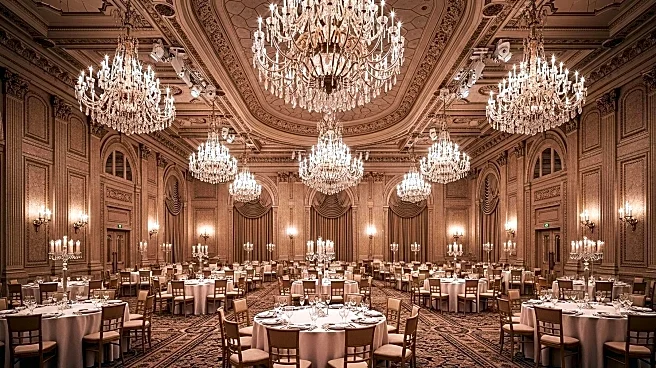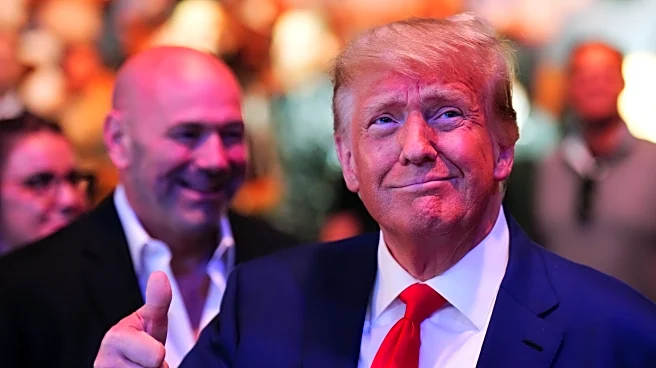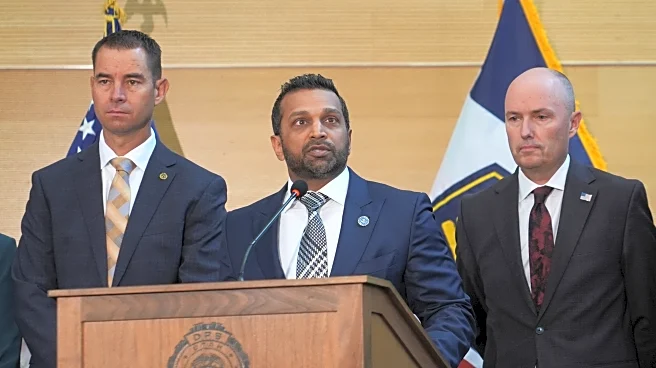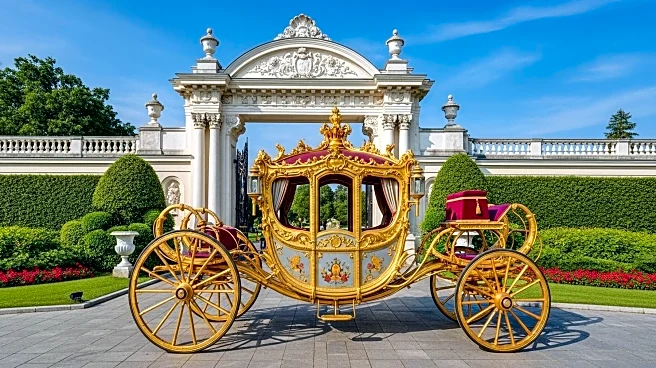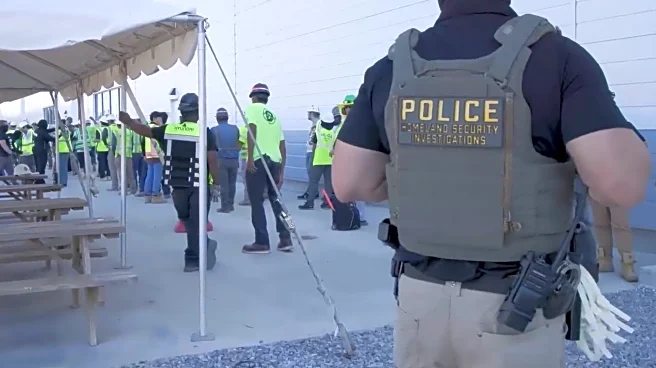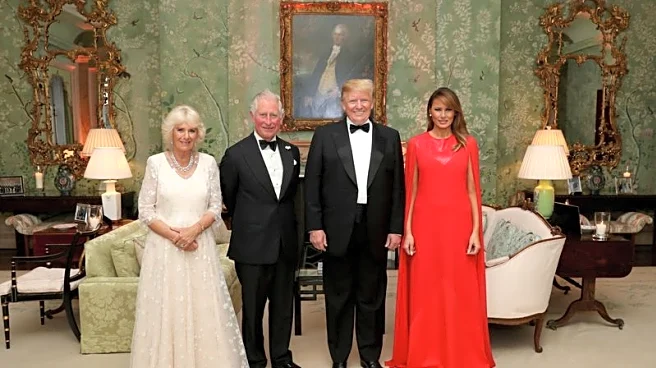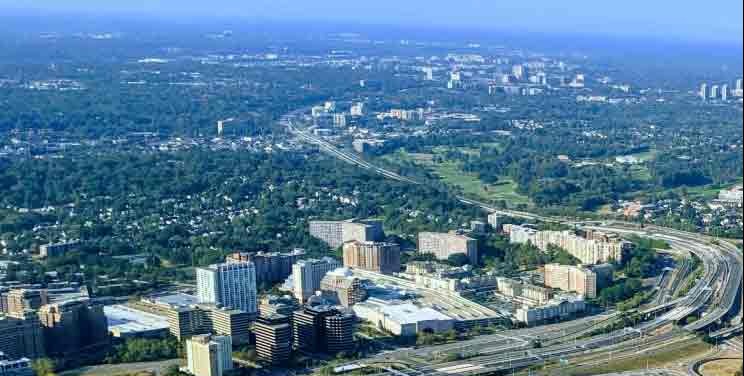What is the story about?
What's Happening?
President Donald Trump announced that the new ballroom being constructed on the White House campus will have a capacity of 900 people, significantly larger than the initially planned 650. In an interview, Trump emphasized the ballroom's top-tier quality, stating it will be 'as good as it can get anywhere in the world.' The expansion aims to accommodate foreign leaders and dignitaries more comfortably, avoiding the need for outdoor tents on the South Lawn. The project, estimated to cost $200 million, will be partially funded by Trump himself and private donors referred to as 'patriots.' Construction has already commenced, marking the most significant change to the White House exterior since the East Wing expansion in 1942.
Why It's Important?
The expansion of the White House ballroom reflects President Trump's focus on enhancing the infrastructure for diplomatic engagements. By increasing the capacity, the White House can host larger events, potentially improving the United States' ability to conduct high-profile diplomatic activities. This development may strengthen international relations by providing a more prestigious venue for state functions. Additionally, Trump's personal investment in the project underscores his commitment to leaving a lasting legacy on the White House, aligning with his background in real estate development.
What's Next?
As construction progresses, the ballroom is expected to become a central venue for hosting international leaders and events. The completion of this project may lead to increased diplomatic activities at the White House, potentially influencing U.S. foreign policy dynamics. President Trump's upcoming state visit to England, where he will attend a banquet hosted by King Charles and Queen Camilla, highlights the ongoing importance of such diplomatic engagements.
Beyond the Headlines
The ballroom's construction raises questions about the allocation of resources and priorities within the White House. While enhancing diplomatic facilities is beneficial, it also reflects broader themes of presidential influence on historical landmarks. The involvement of private donors in funding government projects may prompt discussions on the role of private contributions in public infrastructure.
AI Generated Content
Do you find this article useful?
